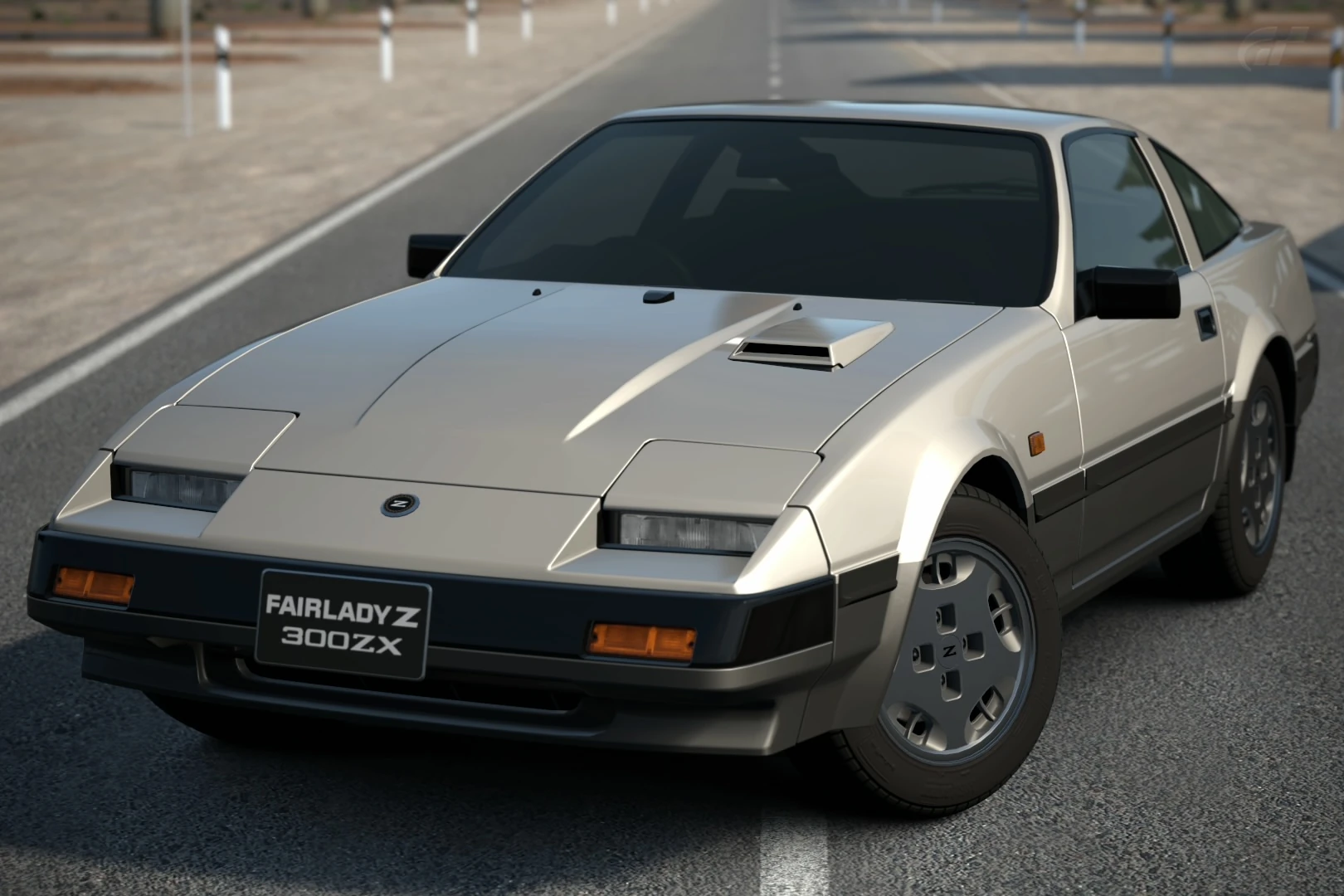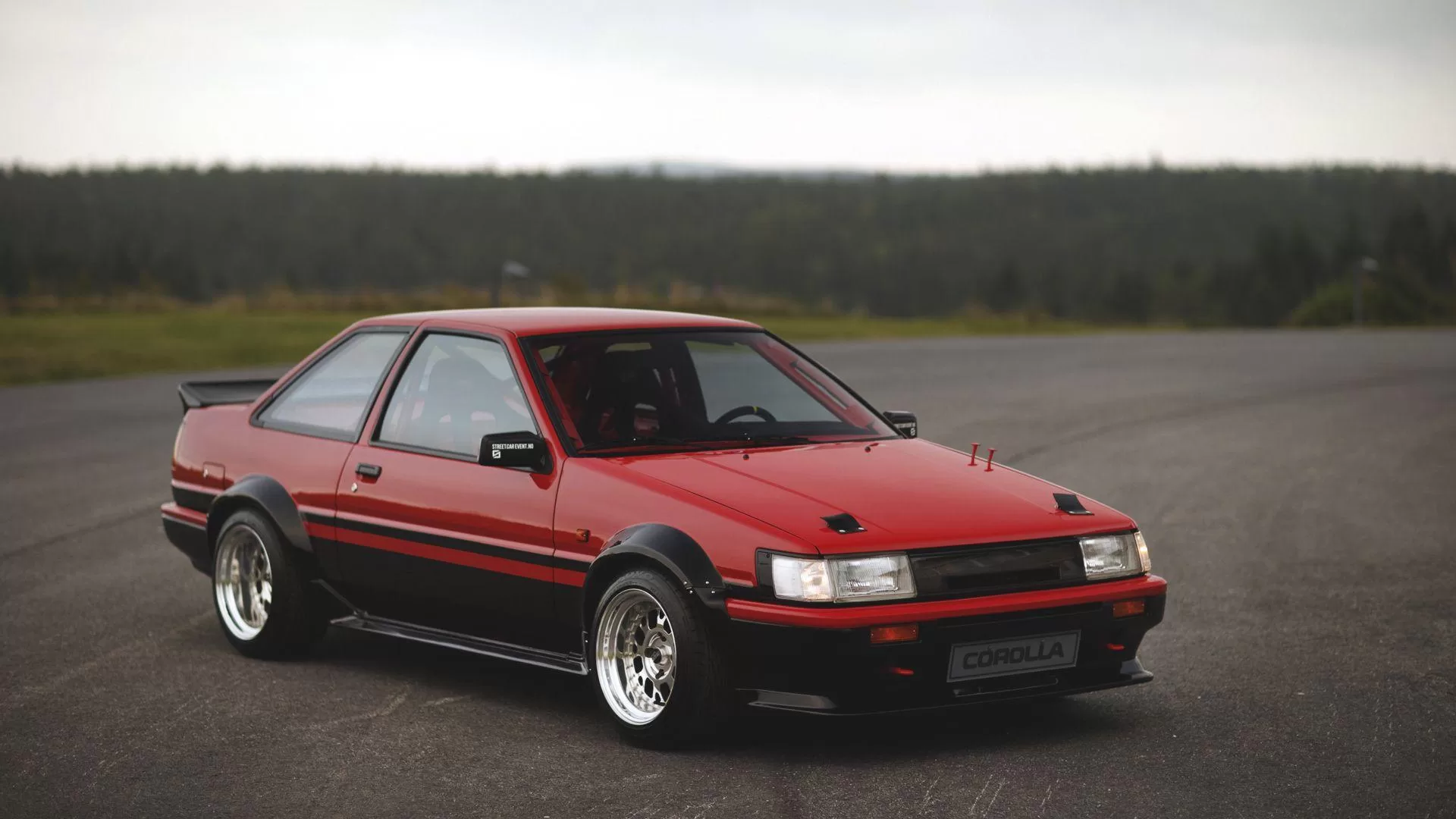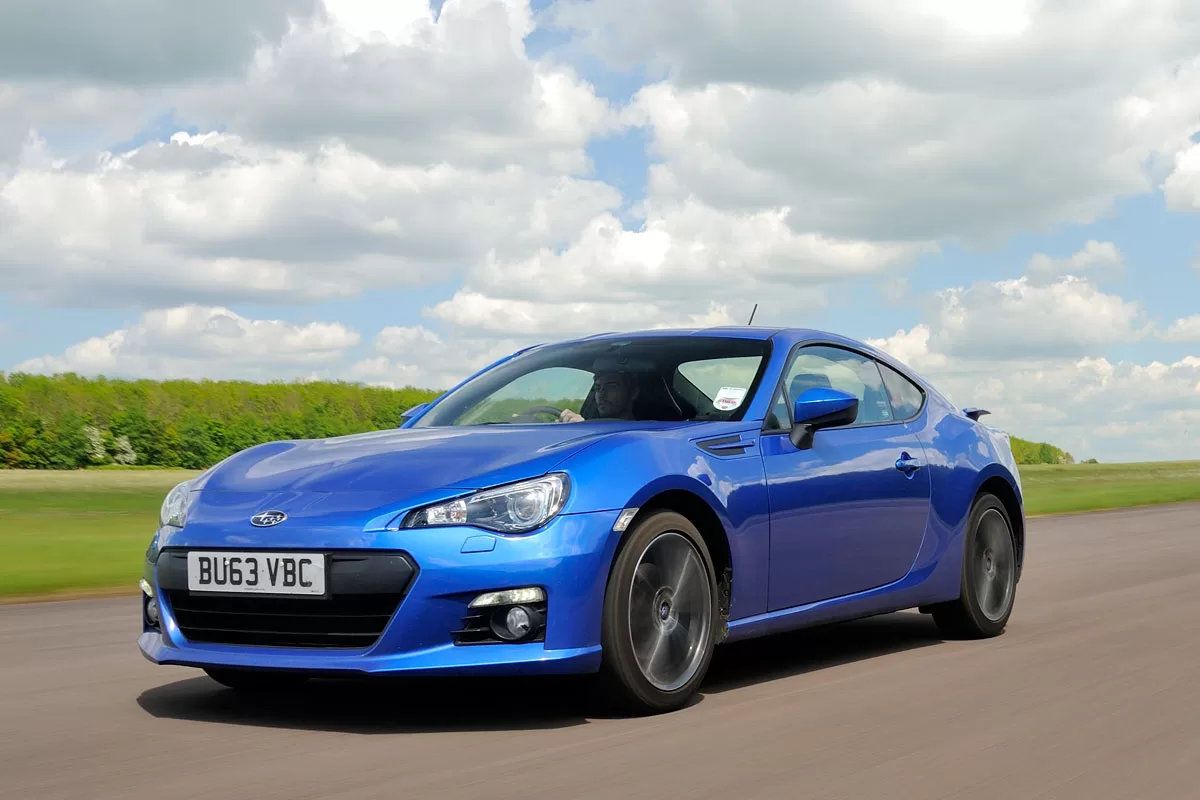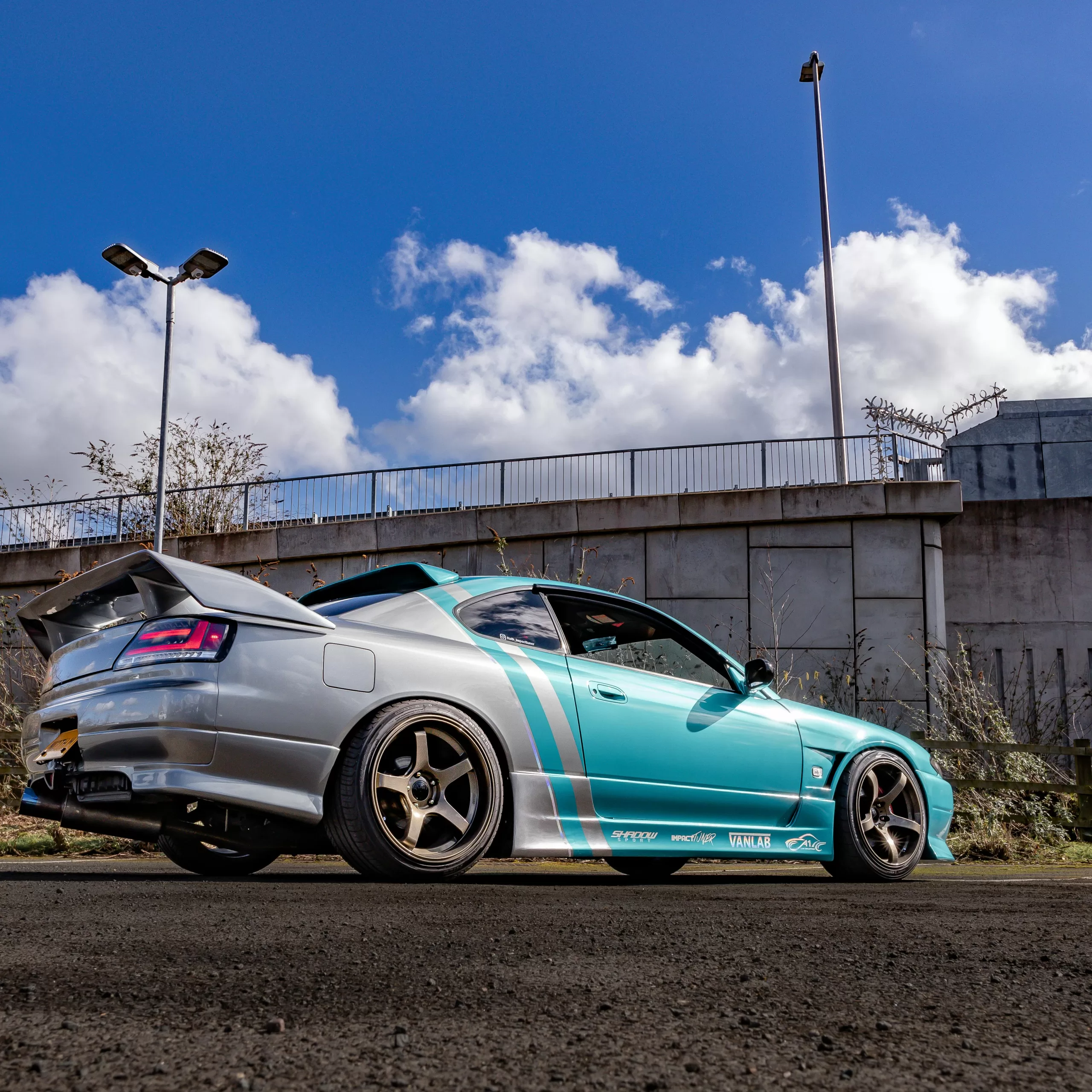Japanese Coupe Excellence History
Japan’s proud automotive legacy intertwines deeply with the golden age of compact, innovative, and fun-to-drive 2+2 sports coupes from the late 1970s until today. While American counterparts chased cubic inches as muscle car wars raged, Japanese auto manufacturers focused engineering resources around lighter curb weights, nimble chassis dynamics, and higher technology levels at an affordable cost.
This alternative approach birthed enthusiast favorites from the long-tenured Mazda RX-7 to short-burst icons like the mid-engine Toyota MR2 and rear-drive dynamos like the Nissan Silvia series. We revisit generational milestones among Japan’s vibrant coupe heritage continuing today.
First Winds: Datsun Z Series & Mazda RX Coupes
As exports to America expanded through the 1970s, both Nissan (Datsun) and Mazda made major coupe statements blending domestic design elements with proven chassis and drivetrain technology successful in global markets. The Datsun Z series debuted in 1970 featuring a potent twin-cam Inline-6 proving Japanese sports cars capable of matching European driving precision with American power sensibilities.

Meanwhile, Mazda gambled on an innovative Wankel rotary engine design to power its lightweight RX sports car from its inception in 1978. While thirstier than piston engines, its high-winding power delivery matched rev-happy Japanese driving preferences well through three successive RX-7 generations before fading away. Both iconic nameplates demonstrated a dedication to driver engagement over backseat practicality or fuel efficiency alone.
Japan’s Everyday Peculiar Emerge: Z31 300ZX & MKIV Toyota Supra Turbo

Building on earlier momentum, both Nissan and Toyota launched respected sports coupe models into elite territory during the mid-1980s – effectively creating a class later referred to as “everyday exotics.” The Z31 Nissan 300ZX debuted in 1983 led by Hiroshi Kamimura blending cutting-edge aerospace manufacturing techniques into a new bloodline for the Z series. Its powerful yet efficient 3.0 V6 engine mated with 4-wheel independent suspension and aggressive fastback styling turned heads while running neck and neck against Porsche 911s for less.

Toyota answered just a year later in 1984 unveiling its Mk III Supra iteration with a similar focus on pairing fascinating Italian visuals through flagship styling beyond its modest Toyota Celica roots thanks purely to its potent twin-cam turbocharged powerplant punching higher than expected. By the top Mk IV generation Supra twin turbo model, Toyota could justify a $50,000+ price tag thanks to supercar power figures from its legendary 2JZ inline-6 engine shared with no other models.
Japanese Coupe Keeping The Dream Alive: Honda CRX, Toyota Celica & More

While flagship sports models boasted impressive specs to occupy headlines, Japan’s automakers stayed true keeping enthusiast spirit alive through more diminutive and affordable 2+2 offerings as well. Honda led the charge introducing its revolutionary CRX for 1984 – a wedge-shaped econobox hatchback on paper that delivered frisky driving dynamics thanks to an impossibly low curb weight below 1,800 pounds in base trim. Its high output engines ranging from fuel-sipping 1.5 liter models to high winding VTEC motors humming near 9,000 rpm meant the CRX brought true driving purity within reach for younger import fans.

Toyota likewise maintained its sports car ethos through the Celica front engine/rear drive model balancing capability and customization for over 3 decades beyond powerful Supra halo models entering the market. Generations like the widebody aero-enhanced Celica All-Trac Turbo homogenized rally racing excitement into an easy-to-park package keeping the brand’s flame stoked.
Modern Revival: Subaru BRZ & Toyota GT86 Usher In Today’s Japanese Coupe
Despite insatiable crossover SUV sales gripping today’s landscape, Subaru and Toyota teamed up to launch the jointly developed BRZ and GT86 coupes in 2012. These faithful spiritual successors to lightweight champions like the AE86 and CRX continue sharing accessible RWD purist precision honed for winding roads in an eye-catching yet value-driven package.

While impacted by increasingly stringent emissions regulations, the BRZ/GT86 proudly waves Japan’s coupe banner today maintaining fun to drive access and momentum carrying forward the proud lineage decades into the future thanks to continuing innovative passion within development teams.
Conclusion Of Japanese Coupe
From Datsun’s everyman sports prototype of the early 1970s to the Subaru BRZ reviving Universally praised driving engagement principles 40 years on, generations of Japanese engineers never lost sight of creating emotional connection through machines focused on capability over complexity alone.

This rich workshop heritage enabled concepts like the mid-engine MR2 and front-drive CRX hatch to run confidently alongside prestigious coupes wearing their company’s most aspirational nameplates. Core dedication to advancing technology levels while retaining light curb weights and exploitable balance persists thanks to continuing this vibrant coupe legacy into the future.




